Crabapples for the birds
Jersey
22 years ago
Related Stories

GARDENING FOR BIRDSFeed the Birds: 6 Plants for Abundant Winter Berries
Be kind to your fair feathered friends during lean food times by planting a shrub or tree loaded with nutritious snacks
Full Story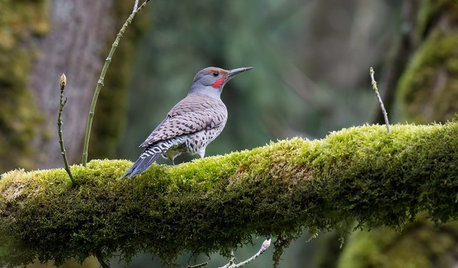
GARDENING GUIDESBackyard Birds: Healthy Home Habitats for Northern Flickers
These colorful woodpeckers found across the U.S. and Canada love berries, seeds and ants and often nest in deep burrows in trees
Full Story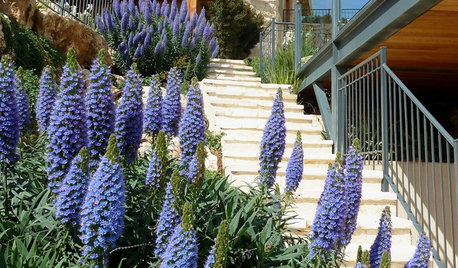
GARDENING GUIDESGreat Design Plant: Pride of Madeira
Try this drought-tolerant stunner for its massive flower spikes that burst with purple, drawing butterflies and birds to the garden
Full Story
GARDENING FOR BUTTERFLIESGarden for Wildlife to Reap Rich Rewards
When you plant with animals and insects in mind, you make gardening easier, the planet healthier and yourself more present
Full Story
FALL GARDENING6 Trees You'll Fall For
Don’t put down that spade! Autumn is the perfect time for planting these trees
Full Story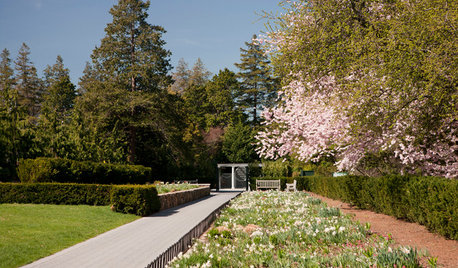
INSPIRING GARDENSA Spring Walk Through Piet Oudolf’s New Garden in the Bronx
This lush expanse of bulbs, perennials and grasses at The New York Botanical Garden is showing its color. Have a look
Full Story
GARDENING GUIDESGarden-Friendly Native Alternatives to Overplanted Exotics
There are lots of gorgeous, wildlife-friendly native plants ready to make an appearance in your garden
Full Story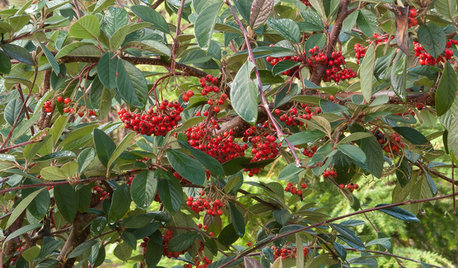
GARDENING GUIDESGreat Design Plant: Cotoneaster Lacteus
Parney cotoneaster is a low-maintenance, four-season shrub that offers great foliage, spring flowers and jewel-like berries
Full Story
MOST POPULARHouzz Call: Show Us Your Winter View!
Share pictures of your home and garden in winter — whatever your climate, architecture and plantings
Full Story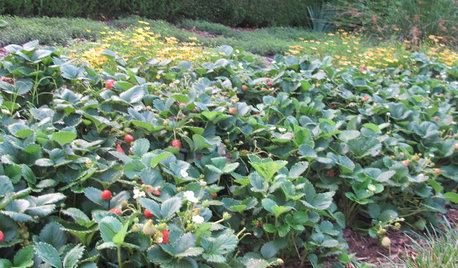
REGIONAL GARDEN GUIDESSoutheast Gardener's September Checklist
Fertilize strawberries, plant a tree or two and beckon hummingbirds to your Southern garden this month
Full StoryMore Discussions






Elaine_NJ6
rumplefrogskin
Related Professionals
Waterbury Landscape Contractors · Alamo Landscape Contractors · Berkeley Heights Landscape Contractors · Brookline Landscape Contractors · Dunwoody Landscape Contractors · Kearny Landscape Contractors · Kerman Landscape Contractors · Milford Landscape Contractors · Newnan Landscape Contractors · San Pablo Landscape Contractors · Buena Park Swimming Pool Builders · Charleston Swimming Pool Builders · Denton Swimming Pool Builders · Goodlettsville Swimming Pool Builders · Roseville Swimming Pool Buildersjillhudock
tobco
docgipe
Elaine_NJ6
rabbette1
newyorkrita
Elaine_NJ6
newyorkrita
honeysuckle_rose
newyorkrita
onthegogo
newyorkrita
Elaine_NJ6
newyorkrita
newyorkrita
Elaine_NJ6
newyorkrita
newyorkrita
newyorkrita
shymainer
newyorkrita
roseunhip
newyorkrita
Elaine_NJ6
roseunhip
newjerseytea
newyorkrita
newyorkrita
too_many_pets
Sully4
newyorkrita
johnCT
newyorkrita
newyorkrita
newyorkrita
marys1000
Elaine_NJ6
organica
newyorkrita
newyorkrita
stillinwisconsin
stillinwisconsin